Image by Peter H and Andrew Khoroshavin from Pixabay
Recently, I’ve become invested in the idea of community eating. With all my quarantine freetime, I’ve been cooking more and, in doing so, learning more about dining.
Whether it’s me or a roommate or a family member who’s the chef behind the meals I eat, it feels as though a curtain has been lifted. I see the labor of cooking, and I’m even more curious now.
What more is there to the food chain? I know how to make a homemade pasta sauce from fresh tomatoes, but how did the tomatoes get here?
And in picking up what seemed to be a small thread in the web, I’ve come a long way in unraveling a much larger system of community eating.
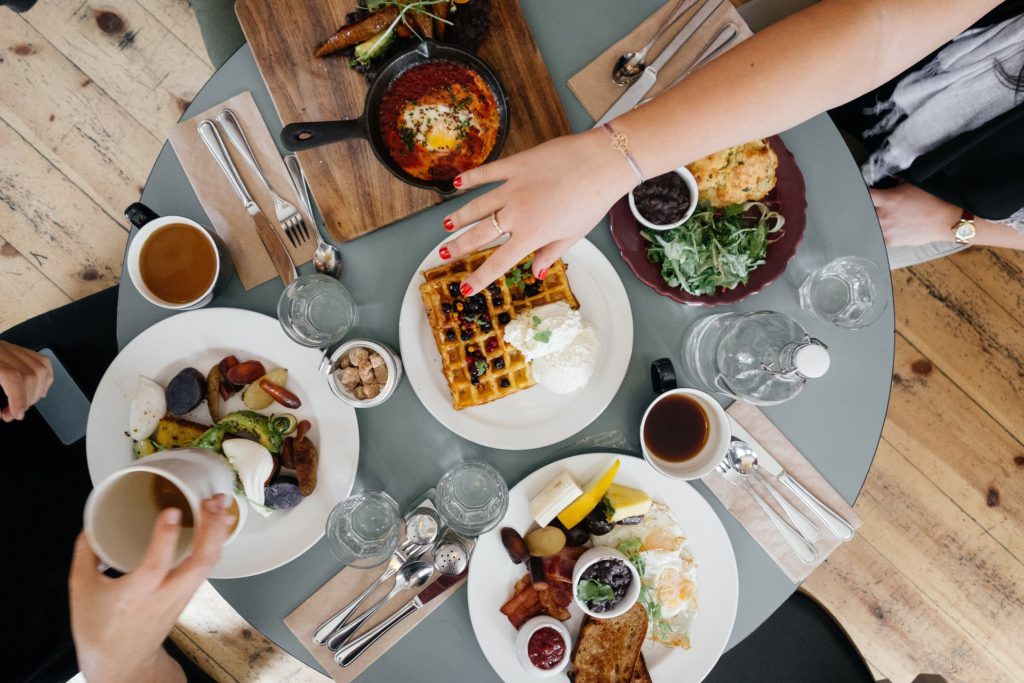
Needless to say, I’m now more inclined than ever to join the farm-to-table movement, but I’ve found that some farmers markets are either closing or compromised. Farm-to-table restaurants are closed for indoor dining. And the overall image of a tight-knit community in close proximity sharing a meal prepared fresh from the garden seems like a dream.
So, how does one get in on the ethical food web now when I feel like I’m a little too late?
Whether you’re an old timer at ethical eating or new to the community eating table, it’s important to understand that the practice isn’t just a matter of ethics. Nor is it simply about familial dining. Community eating is about what’s ethical and accessible. This means making the best decisions with what you have – or what you don’t have.
If you’re looking for a place to start getting involved and/or want to adjust the ways you support small farmers and businesses COVID-19, looking toward the independent initiatives in your local community is a great place to start. Let’s look at some of the best resources I’ve found in the Bay Area.
Community Supported Agriculture (CSA) Boxes
One of the trendier and most effective ways to support local farmers right now, is the Community Supported Agriculture box. CSA boxes have been around for a while in an effort to maintain a healthy consumer base for community farmers.
Although restaurants still make up a large percentage of local farmers and purveyors’ selling demographic, individuals looking to reinforce their support may do so by purchasing a subscription to a participating farm’s CSA box.
CSA boxes work in a few ways. Sometimes, folks may purchase a “subscription” by paying farmers in advance. This payment secures a share of the upcoming season’s harvest. For example, if you purchase a subscription for the fall season, you’ll be receiving a box of fresh produce featuring autumn fruits and vegetables like persimmons, pomegranate and squash.
If you’re still testing out the waters with CSA boxes, another option allows you to purchase one box at a time. This way, you’ll receive shares of produce currently being harvested.
Either way, the outcome is the same. You’re supporting local farmers. You’re accounting for food waste. You’re minimizing contact in a pandemic. And you’re receiving a very cute, well-cared-for package of local produce that, if not appreciated for its nutritional value, emulates the image of farm-to-table eating with its colorful array of seasonal fruits and veggies.
A few Bay Area options:
Agricultural Institute of Marin (AIM)
— $30 a box
— Offers curbside pick up at various farmers markets
— Delicious, no doubt
Farm to Flat
— Pay per item, select specific produce you want or choose from a selection of curated baskets ranging from $40-$60
— Offers curbside pickup or delivery north of Golden Gate Park / Market Street ($10-$15)
Local Farmers Markets
Living in California, the options for farmers markets are endless. Considered essential businesses, there are still farmers markets operating (with appropriate safety procedures in place) and they’re relatively easy to locate if you’re looking local. For those in the Bay Area, you have plenty of locations to choose from.
Of course, shuffling through a crowd of people and hauling bags of fresh produce isn’t an accessible experience to everyone right now. But, sometimes seeing the folks behind the labor of agriculture is a healthy reminder of what farm-to-table and community eating is all about.
And, admittedly, CSA boxes can be a little pricey (although that is the cost of ethical labor). Shopping at a farmers market is still a cheaper option for many, and you have more produce options available.
If you’re up for the task, you can still, indeed, embrace the human-to-human interaction and take your business to a local farmers market to support your community. And you don’t have to sacrifice your health in doing so.
If you do venture to a local market, be assured that farmers and purveyors are still selling with the health of their consumers as a priority! Compare the outdoor, spacious environment with that of a packed Vons or Ralphs grocery store, and you might feel a bit more at ease knowing the openness of the market can do no harm.
The farmers market experience, made up of tables, chairs, and canopies that are easy to break down, finds little difficulty in adapting to the current social distancing needs.
A few Bay Area options:
Fort Mason Center Farmers Market
— Every Sunday between 9:30 a.m. – 1:30 p.m.
— Offers Senior Hour between 8:30 – 9:30 a.m.
— Located at Fort Mason Center, Marina Blvd, San Francisco, CA
— Utilize their “Farm-to-Flat” delivery and pick-up option here!
Daly City Farmers Market
— Thursdays & Saturdays 9 a.m. – 1 p.m.
— Located at 133 Serramonte Center, Daly City, CA
Ferry Plaza Farmers Market
— Tuesdays & Thursdays 10 a.m. – 2 p.m.; Saturdays 8 a.m. – 2 p.m.
— Located at 1 Ferry Building, San Francisco, CA
Local Food Banks
For many, food scarcity has become a serious pandemic issue as companies were forced to furlough or fire employees with the closing of non-essential businesses. In effect, food banks have seen a rising demand as households are left to scramble for more affordable sources of food.
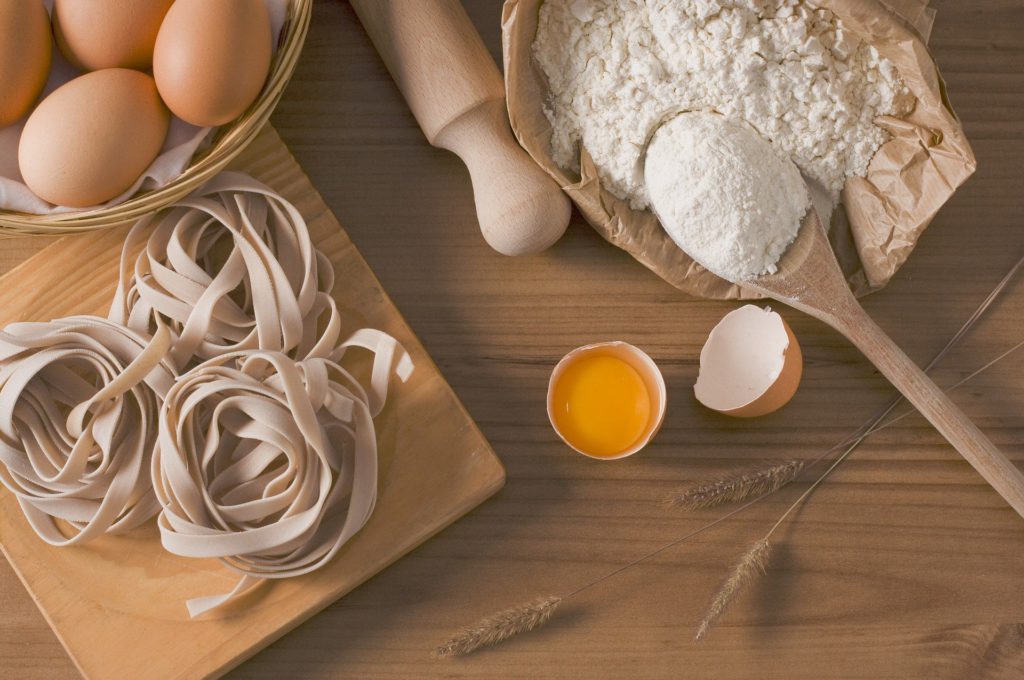
Given the higher price to produce ethical foods, the questions about whether or not sustainability and accessibility need to be exclusive from each other seem more relevant to the communal eating scene now more than ever. As families facing economic hardship struggle to access a stable flow of food, do folks have to choose accessibility over sustainability? And does the ability to choose the latter make one privileged?
In recent months, I’ve come to understand how food banks are just as relevant to the community eating web as is any other resource listed. In these organizations, you find a simple practice: people feeding their community and people receiving support from people. That being said, with a rise in demand for food at donation centers, talks of sustainability and nutrition still find their way into the discussion.
Since the quarantine, California Govt. Newsom created an initiative to expand the Farm-to-Family program, which seeks to provide fresh and local produce to lower-income households. When farms experience a surplus in produce, they can partner with the Farm-to-Family program, which will then work to connect the produce with food banks in need. The idea here is that those who utilize food banks regularly will not have to choose between cheap or sustainable products.
For those living in the Bay Area, accessing a food bank that delivers food with sustainable and nutritious products in mind isn’t too difficult.
Here’s a great resource:
SF-Marin Food Pantries
— Offers multiple locations (including drive-thru)
— Prioritizes fresh, local, and seasonal produce as well as shelf-stable products
— Some locations require registration – check first before traveling!
— Available to anyone!
Don’t Be Afraid of Conscious Eating
In my continued quest to learn more about food sustainability and community eating during the pandemic, I’ve seen that, like myself, more folks are turning their heads toward ethical eating, perhaps more than before. With plenty of people enjoying home-cooked meals and embracing the labor of creating delicious food, we’re more inclined to question the rest of the chain behind the way we eat.
What I’m coming to realize is that how people adapt to maintain this interconnected web of community and sustainability will probably always change as we change. Even with the pandemic today, we’re bound to see resources change as farmers, purveyors, and restaurants evolve to match the always shifting times.
So, consider this list intentionally incomplete. Being conscious of where, how and why food comes as it does will ensure we always remain vigilant. Even though what we find at times might be alarming, that feeling is important.
The goal isn’t to be perfect, it’s to at least pay attention because ethical eating isn’t a simple thing to understand nor an easy choice to navigate. If you don’t live in the Bay Area, search for your local farms around you; the best places to start are the spots close to home.
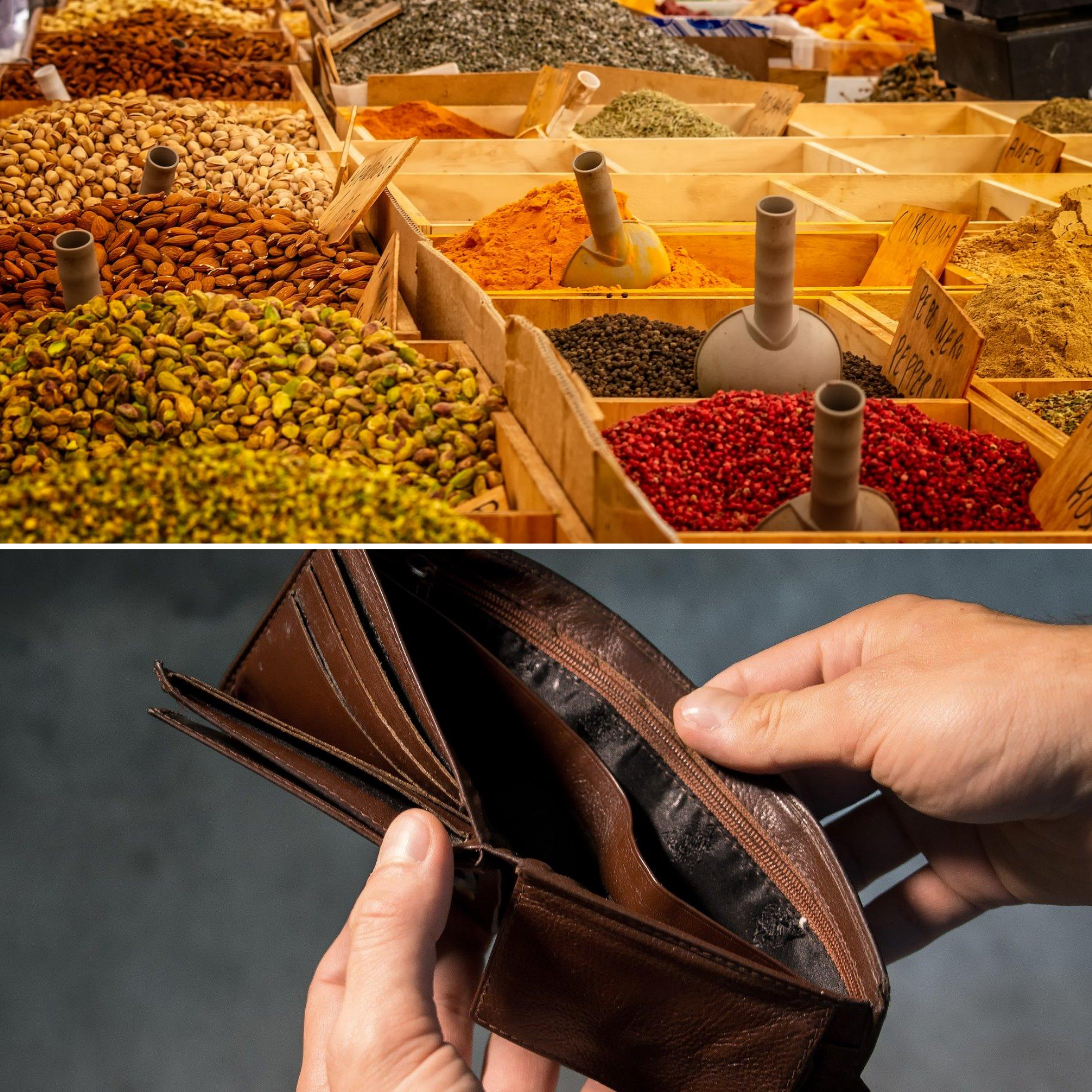
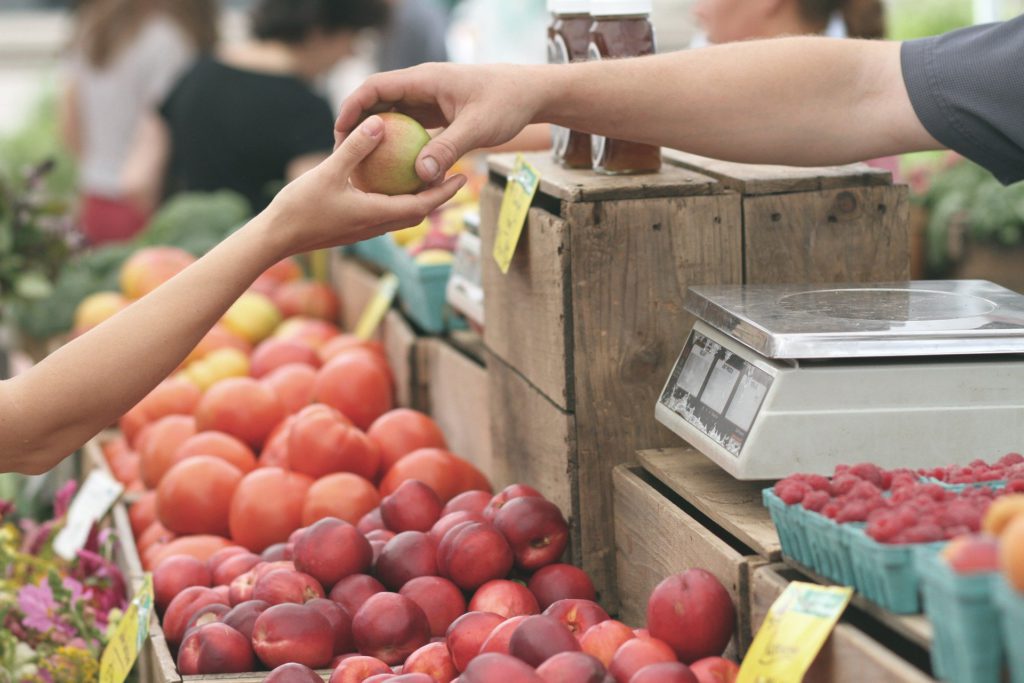


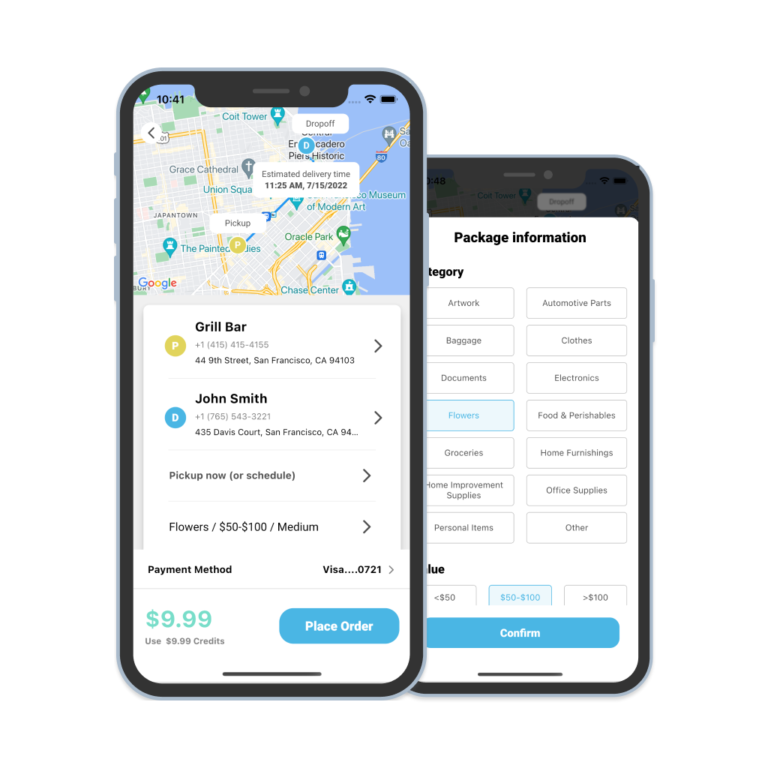


The point of view of your article has taught me a lot, and I already know how to improve the paper on gate.oi, thank you. https://www.gate.io/tr/signup/XwNAU